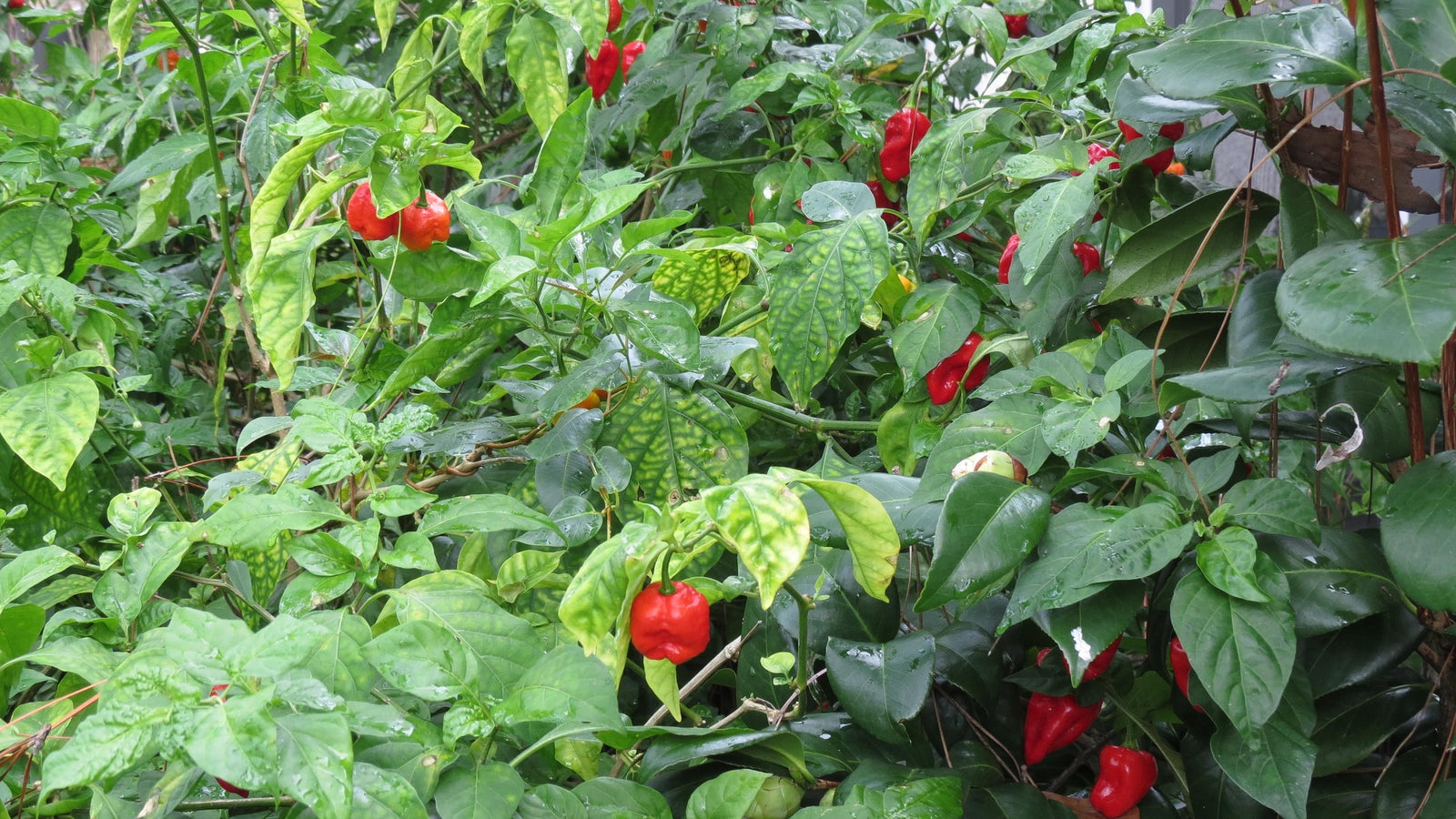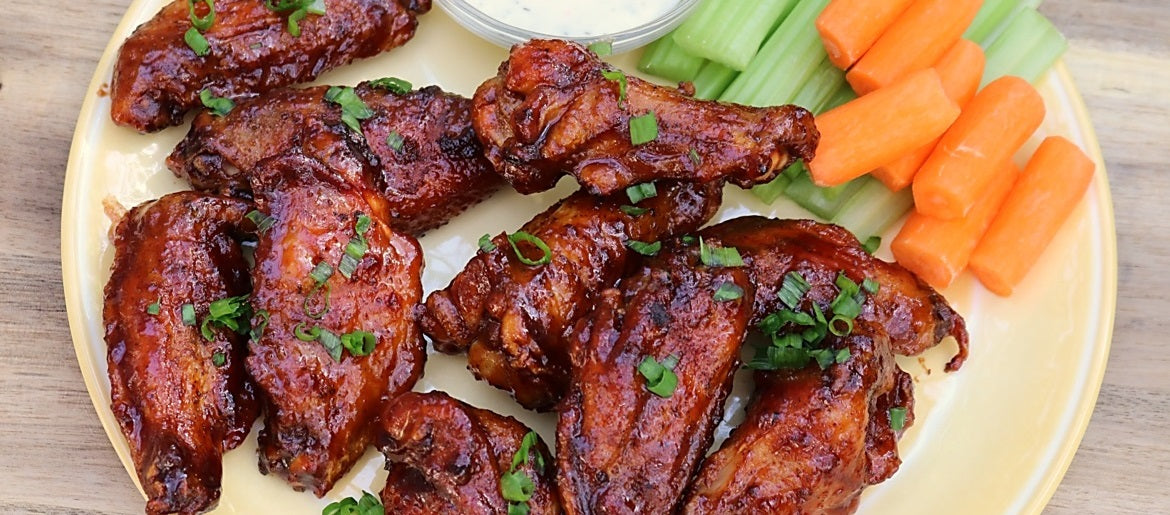Hot Pepper Facts
Hot Pepper History
- The chili pepper was first cultivated in Central and South America around 3000 BC.
- Christopher Columbus brought seeds from the New World back to Europe in 1493.
- Chile peppers are consumed around the world and now dominate the world spice market with India being the largest producer.
What Makes a Pepper Hot?
-
Many believe it’s the seeds that give peppers their “hotness”, but actually it is a substance called capsaicin that is concentrated in the veins of the fruit (not the seeds).
- Capsaicin stimulates the nerve endings in your mouth and tricks your brain into feeling the pain. The brain then reacts and releases endorphins. The result is a mild euphoria that some believe can cause peppers to be mildly addictive due to this sensation the body feels.
Hot Pepper Health Benefits
- In addition to their heat, Chile Peppers bring health benefits. They are a good source of potassium, iron, vitamins A, B, C and E, low in sodium and calories, and have no carbohydrates.
- Peppers improve digestion and can increase your metabolic rate by up to 25%, which is beneficial to the dieter.
Hot to Put Out the Heat
- What is the best way to put out that fire after eating a pepper that’s a little too hot? Scientists report that capsaicin breaks down in fats. So, some milk, sour cream or a little ice cream might help. Foods with increased fat have more capability of squelching the fire.
- Some believe that starch helps put out the flame. The popular cure in Mexico is to consume beer.
Hot Peppers are Everywhere
- Peppers have their own institutes and fan clubs. Defense agencies perform research work on hot peppers. There are people always on a mission to eat the hottest pepper.






